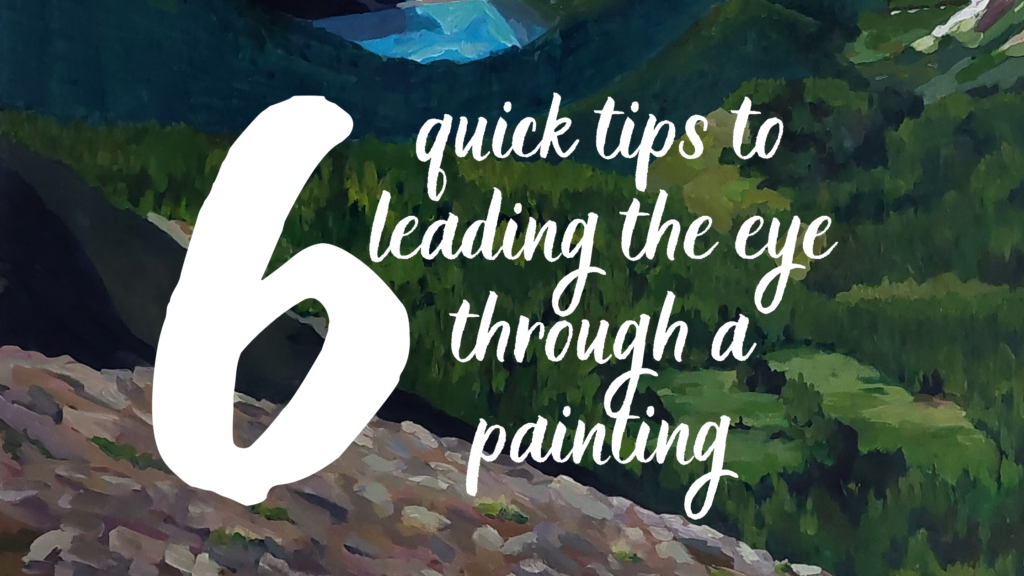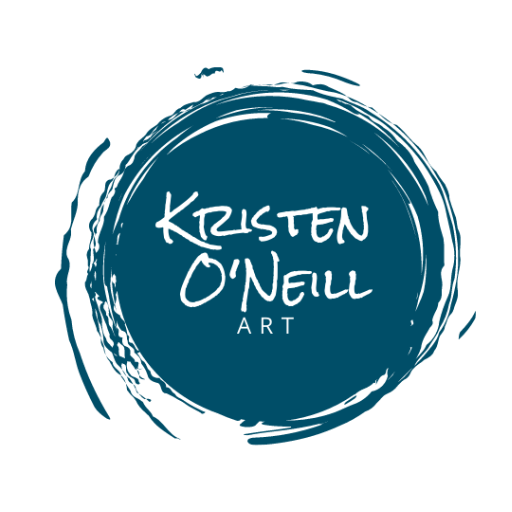
Leading the viewer’s eye through a painting is an important aspect of creating visual interest and directing the viewer’s attention to specific areas of the composition. Here are some tips on how to lead the eye through a painting:
- Use a clear focal point: A focal point is the main area of interest in a painting. It should be distinct and stand out from the other elements in the composition. This can be achieved through color, contrast, texture, size, or placement.
- Use lines and shapes: The use of lines and shapes in a painting can create a sense of direction and movement, leading the viewer’s eye from one area to another. Diagonal lines and S-curves are particularly effective in leading the eye through a painting.
- Employ contrast: Highlighting areas of contrast in color, value, and texture can also help draw the viewer’s eye through the painting. Light and dark, warm and cool colors, and rough and smooth textures can all be used to create contrast and direct the viewer’s attention.
- Utilize the rule of thirds: The rule of thirds is a basic principle of composition that states that dividing a scene into three equal parts can create a balanced and aesthetically pleasing composition. Using this principle, you can place your focal point at one of the intersection points. The viewer instinctually finds this type of composition pleasing, and will not be fighting against it.
- Create a sense of depth: By creating a sense of depth in a painting, you can guide the viewer’s eye through the foreground, middle ground, and background. This can be achieved through the use of perspective, overlapping elements, and the placement of light and dark areas. See this lesson:
- Repeat elements: Repeating elements such as patterns, shapes, or colors throughout the painting can create a sense of cohesiveness and lead the eye through the composition.
By employing these techniques, you can effectively lead the viewer’s eye through a painting and create a dynamic and engaging composition. A quick note: choose one or two to focus on. As with all the Elements of Art and Principles of Design, we can’t do it all at once!
Need help with these tips? Check out these related lessons:
Focal Points Lessons 1, and Lesson 2
